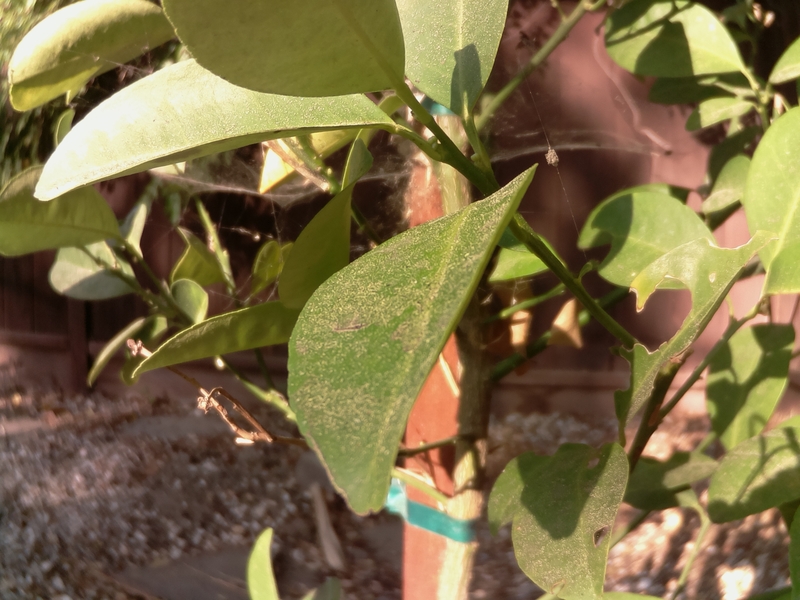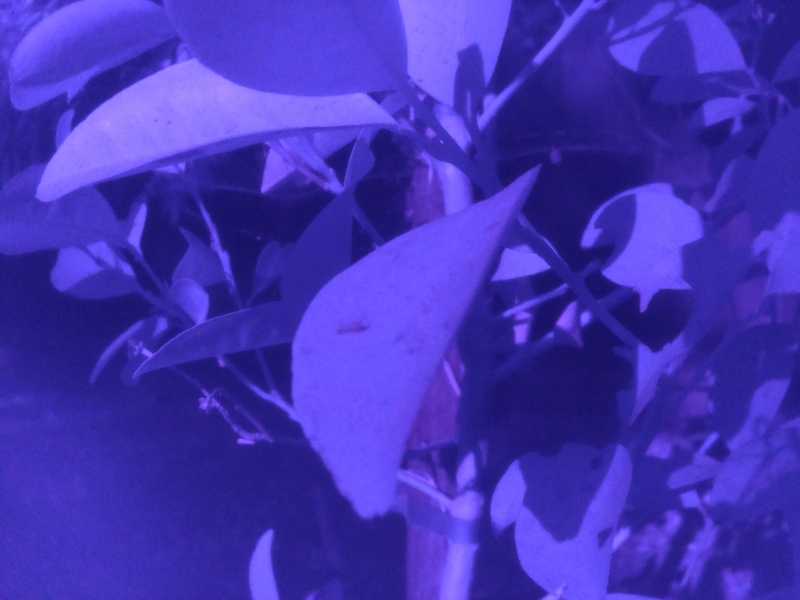Hello,
I was exploring detecting stress levels in plants in my backyard and put together a 2 camera system as follow.
Would like to get feedback on whether this setup is right to help me calculate NDVI and in-turn determine growth in my lemon plants
Camera 1: OV5647 IR-Cut camera (so I believe this has no IR filter)
Camera 2: another OV5647 IR-Cut camera with a Mid-opt IR 850nm filter attached externally
I have aligned the pictures of these 2 cameras.
Camera1 Picture:
Camera 2 Picture:
My questions were:
#1) Can my camera 1 be a NoIR/IR-cut camera or does it need to be a "regular" camera with an IR filter
#2) To calculate NDVI, I am currently using the "R" channels of both of these images. Is this correct or should I be using other channels
#3) More broadly, is detecting "stress" level in individual plants at a close range is my goal, is there a better setup / model towards achieving that.
Thank you
An IR-cut filter is a filter that blocks most near infrared (NIR) light and passes most visible light. Most cameras have this filter installed so NIR light does not ruin the photos. It must be removed to take photos of NIR light.
When it is removed, the camera is called full-spectrum and captures all visible and NIR wavelengths that the sensor is sensitive to. Such photos are not very useful.
Adding an NIR pass filter like the MidOpt BP850 to a full spectrum camera allows the camera to capture pure NIR photos. These cameras might not be very sensitive to NIR because most consumer sensors are not very sensitive to NIR. An 850nm band pass filter will exclude most of the NIR wavelengths shorter than 800nm (720-800nm) making the camera even less sensitive to NIR.
If both of your cameras have IR-cut filters installed, then your camera #1 is a normal camera. The photo looks like a normal photo. Your camera #2 would have a filter blocking most NIR light and a filter blocking most visible light (and NIR up to 800nm). Not much light would arrive at the sensor. I don't know if your photo from camera #2 confirms that. Was it a really long exposure?
Your goal is one camera recording visible red light (some portion of 600-720nm) and one camera recording NIR light (some portion of 720-1000nm). A normal camera will record mostly red light in the red channel. A full spectrum camera with an added NIR band pass filter (e.g. a 750nm band pass) will record mostly NIR light in all three channels. Any channel can be used for computing NDVI but one might be brighter than the others.
Your goal is to capture the relationship between the red and NIR light reflected from vegetation. When foliage is healthy it reflects a few times more NIR than red. So ideally both cameras would be equally sensitive to their target wavelengths and you could then compare the brightness in the channels to determine the ratio of NIR to red reflectance. However, the two cameras produced as described above will not be equally sensitive to their targets -- the NIR camera will probably be much less sensitive. It is therefore necessary to adjust the brightness of the two channels being used so that they represent the actual reflectance in the two wavelength ranges. This requires some type of calibration procedure probably involving targets of known spectral reflectance in some of the photos.
In the photos you included of multiple leaves of the same plant each leaf has a different brightness. These levels of brightness will be directly translated into a calculation of NDVI. So the computed NDVI for each leaf in your photos might differ due to the angle of the leaf and the angle of the sun. These differences will generally be much greater than differences in plant health among those leaves and will make interpretation of your results difficult.
Chris
Is this a question? Click here to post it to the Questions page.
Chris, thank you very much for your detailed and prompt response. I now understand what I am supposed to do to get the NDVI image. Got held up with work and could not respond earlier. Apologize.
In terms of my cameras, I used this an auto IR-cut camera. https://www.amazon.com/gp/product/B07DNSSDGG/ref=ask_ql_qh_dp_hza
I disconnected the red and black wires as well. I think this would "remove"/dis-able the IR-cut filter though I am not sure how best to test this.
You mention that the consumer sensors are not very sensitive to NIR. Any cameras (within reasonable cost - say $100USD) that you would recommend to be used for this project.
I will explore adjusting the brightness of the two channels as well as doing some calibrations as my next step.
Thank you for your help. Reading your answer as well as questions on similar topics has been super helpful.
Reply to this comment...
Log in to comment